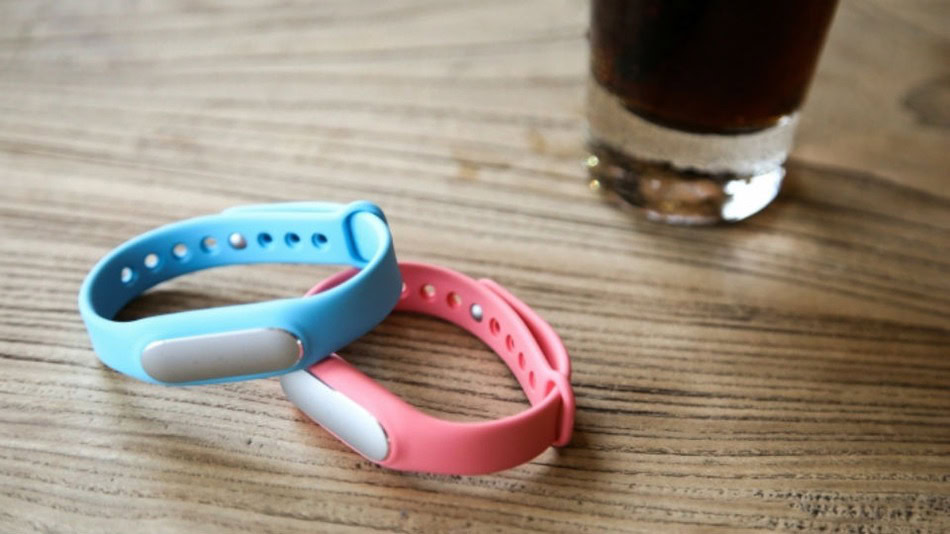Affiliate links on Android Authority may earn us a commission. Learn more.
Xiaomi takes third place in wearables market, Android Wear absent from top 5

Last year, Xiaomi rocketed into the big leagues in the smartphone industry and has quickly managed to replicate this success in the wearables market, noting an 815 percent increase in shipments over the past twelve months, according to IDC research.
Xiaomi entered the market with its inexpensive Mi Band fitness tracker and has just followed up with its Mi Band 1S and new Pulse model, which includes heart rate monitoring capabilities. Despite selling more than 97 percent of its wearables in China, the company has leapt into third position in the world rankings for quarterly wearable shipments. China has emerged as one of the fastest growing wearables markets.
Despite Xiaomi’s huge growth, FitBit remains the most popular wearable brand with a 22 percent market share and 4.7 million units shipped in the last quarter. The company has seen its shipment volume double since the same period twelve months ago, but the company’s market share has fallen from 32.8 percent last year as new players have entered the arena.
Apple has also seen its Watch shoot the manufacturer into second place in the wearable market. A position that the company has held since the second quarter. Garmin has also seen strong growth of 72 percent over the year, and the overall size of the wearables market has gone from 7.1 million to 21 million shipments between Q3 2014 and Q3 2015, almost tripling the market’s size in the space of a year.
There isn’t a single Android Wear manufacturer in the top five, however a number of new releases didn’t arrived in time to make an impact on the Q3 figures. Furthermore, the Android Wear ecosystem is very diverse and we don’t have a combined percentage or breakdown of Android Wear devices that make up the large “others” section. Samsung, which is focusing on its Tizen OS for wearables, just missed out on the number five spot to BBK subsidiary XTC by 100,000 units. However, holiday demand for its Gear S2 watch could see the company regain its number 5 spot.
[related_videos title=”Smartwatches in review:” align=”center” type=”custom” videos=”648705,648417,646212,568780″]
It seems that fitness trackers are still the most popular wearable type this year, although both segments are seeing growth. Given that the average smart watch costs just over $400 and the typical fitness band costs just $94, low prices seem to be a decisive factor for the majority of consumers.